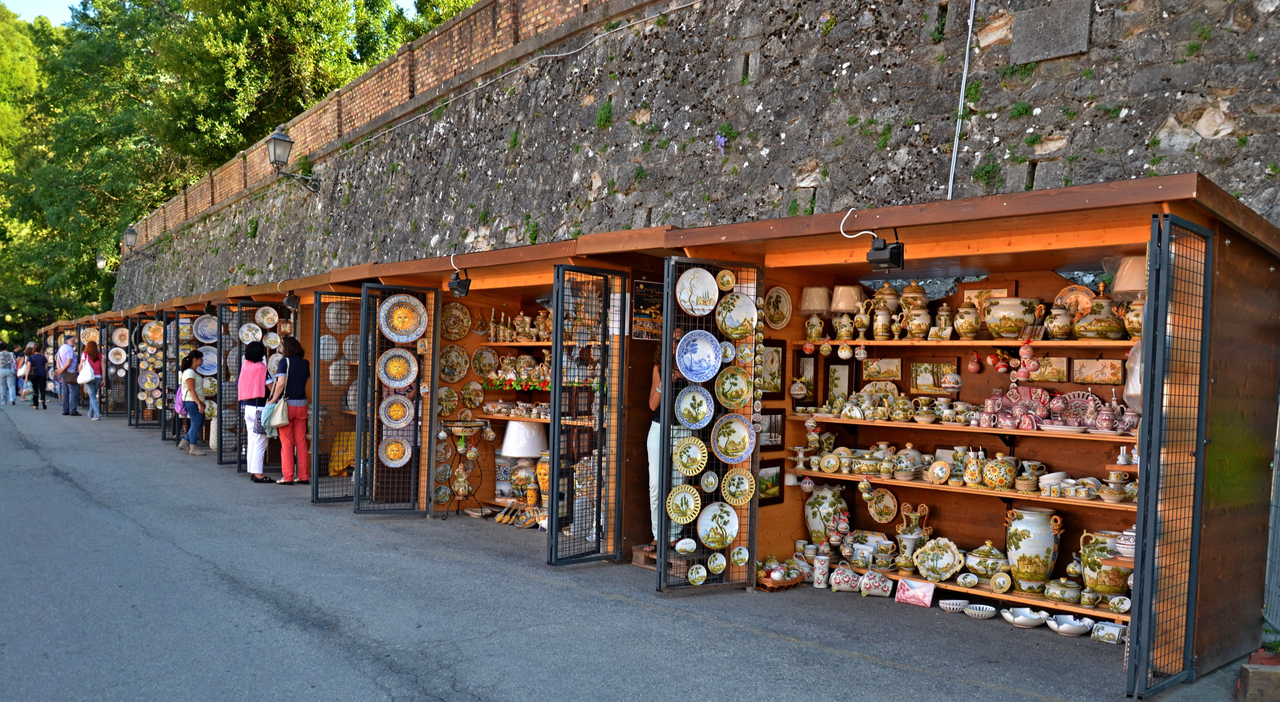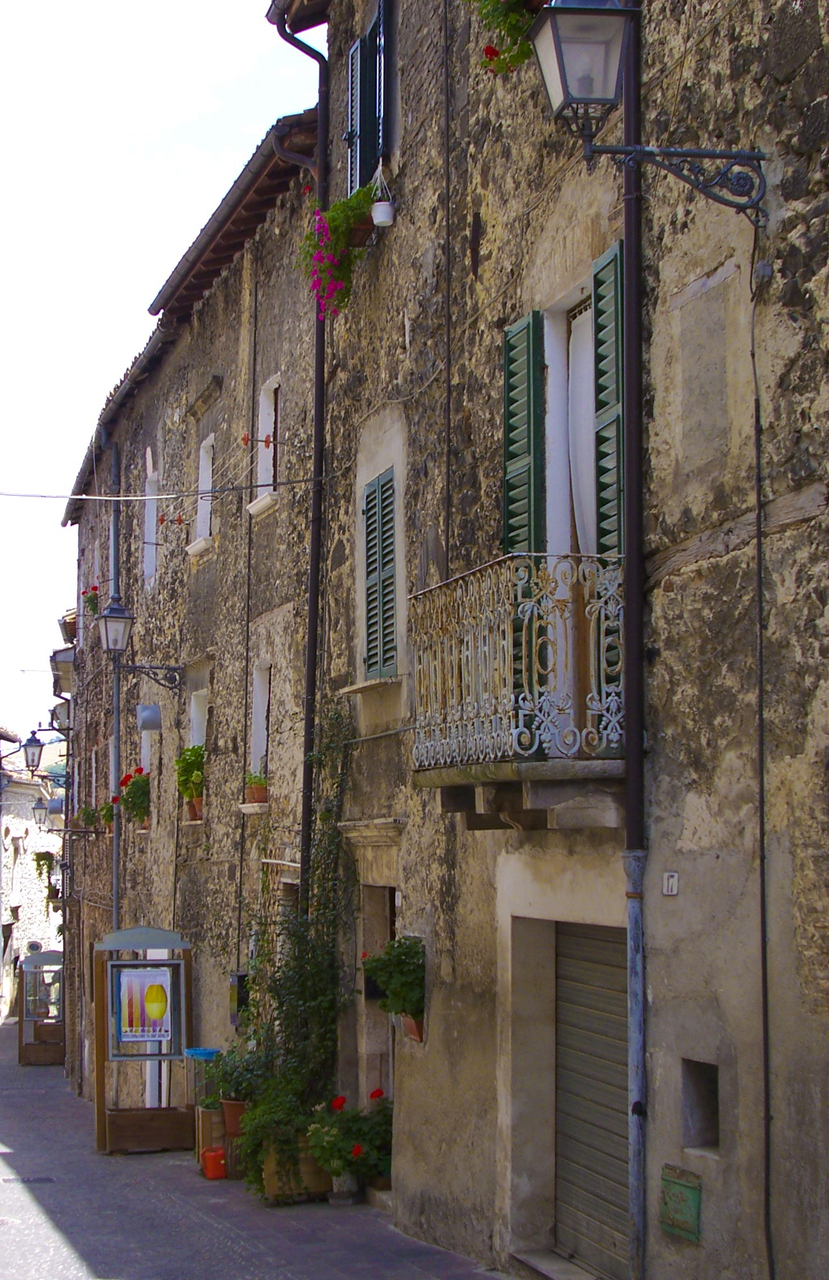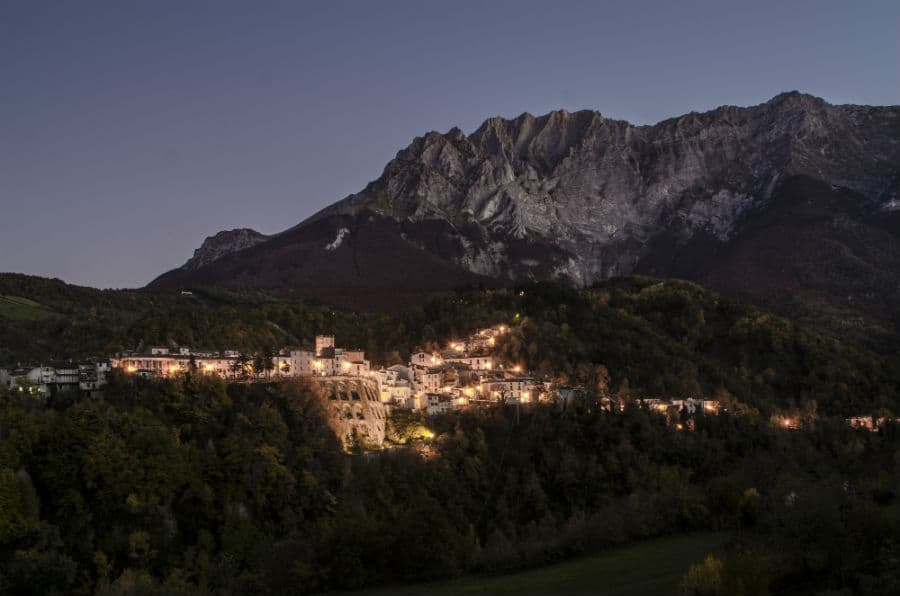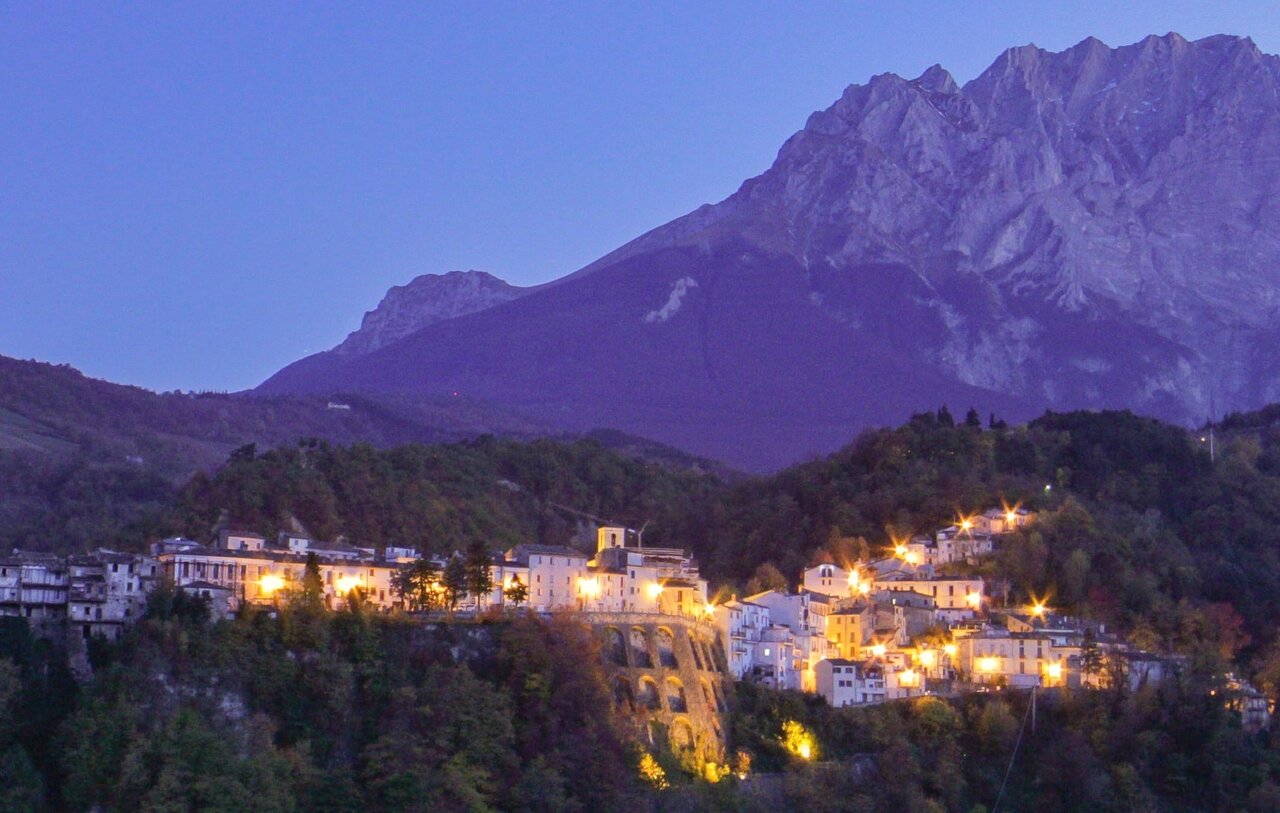Castelli
- Village in the mountain
- Village with park
- Suitable for disabled people
- Camper parking area
- Most beautiful villages in Italy
About the village
Castelli is a small medieval village belonging to the small club of the most beautiful villages in Italy and is also one of the access points to the National Park of the Gran Sasso and Monti della Laga in its south-eastern part.
This village in Abruzzo is internationally known for its ceramics, a tradition that dates back to the Renaissance period and most probably from several centuries before. An art that became famous especially in the sixteenth century.
The birth of ceramics in Castelli is mainly due to the natural characteristics of the territory, in particular due to the abundant presence of clay pits, streams, silica deposits, beech woods for the wood that fed the ovens.
They were the good workmanship of the majolica, the lively decorations, but also the cheapness of the products, due to innovative production systems, which made Castelli one of the most appreciated centers for this art, especially in the seventeenth century.Among the principal masters, Antonio Lollo, the Grues and the Gentiles were listed in chronological order.
Although Castelli is a small town in the province of Teramo, its role in the history of Italian majolica is at the forefront, especially in the period from the 16th to the 18th century.
The sixteenth century church of San Donato in Castelli, defined by Carlo Levi "The Sistine Chapel of majolica", constitutes, together with the coeval pharmaceutical tableware Orsini-Colonna called, the ideal starting point for a subsequent production that enjoyed great fame, in Italy and abroad; so much so that one of the most important collections of ceramics of the Castles is today preserved in the museum of the Hermitage, Saint Petersburg.
Castles also houses the Museum of Ceramics as well as the Institute of Art "F. A. Grue".
Village of Castelli
Municipality of Castelli
Province of Teramo
Abruzzo Region
Population: 1.129 castellani
Altitude centre: 497 m s.l.m.
the Municipality is part of:
I Borghi più belli d'Italia
Città della ceramica
Protected Natural Areas:
Gran Sasso and Laga Mounts National Park
Municipality
Piazza Roma 11 - Tel. +39 0861 979142
24.30 Kilometers from Castelli
24.40 Kilometers from Castelli
BY CAR
- From the north and south, from the A14 (from the north: direction Ancona; from the south: direction Pescara), exit at Teramo / Giulianova / Mosciano Sant 'Angelo and take the SS 80 towards Teramo. Continue on the A 24 highway, exit at San Gabriele / Colledara and follow the direction of Colledara / Castel Castagna.
- From L'Aquila, take the A 24 L'Aquila - Teramo motorway, exit at San Gabriele / Colledara and follow the road for Colledara / Castel Castagna.
- From Pescara, take the SS 16 towards Chieti and continue towards the A 14. Exit at Teramo / Giulianova / Mosciano Sant 'Angelo, take the SS 80 towards Teramo and continue on the A 24. Exit at San Gabriele / Colledara and follow the road to Colledara / Castel Castagna.
- From Chieti, take the SS 81, take the A 14 highway, exit at Teramo / Giulianova / Mosciano Sant 'Angelo, take the SS 80 Strada Statale del Gran Sasso towards Teramo, continue on the A 24 highway, exit at San Gabriele / Colledara and follow the direction Colledara / Castel Castagna.
ON THE TRAIN
- The closest railway station is that of Teramo.
- For national trains get off at Giulianova train station.
BY BUS
- Regional Public Buses of Abruzzo
BY PLANE
- Pescara airport
- Ancona airport
BY SEA
- Tourist port of Pescara
- Maritime station of Giulianova
Sleep, eat, buy...
39.52 Kilometers from Castelli













